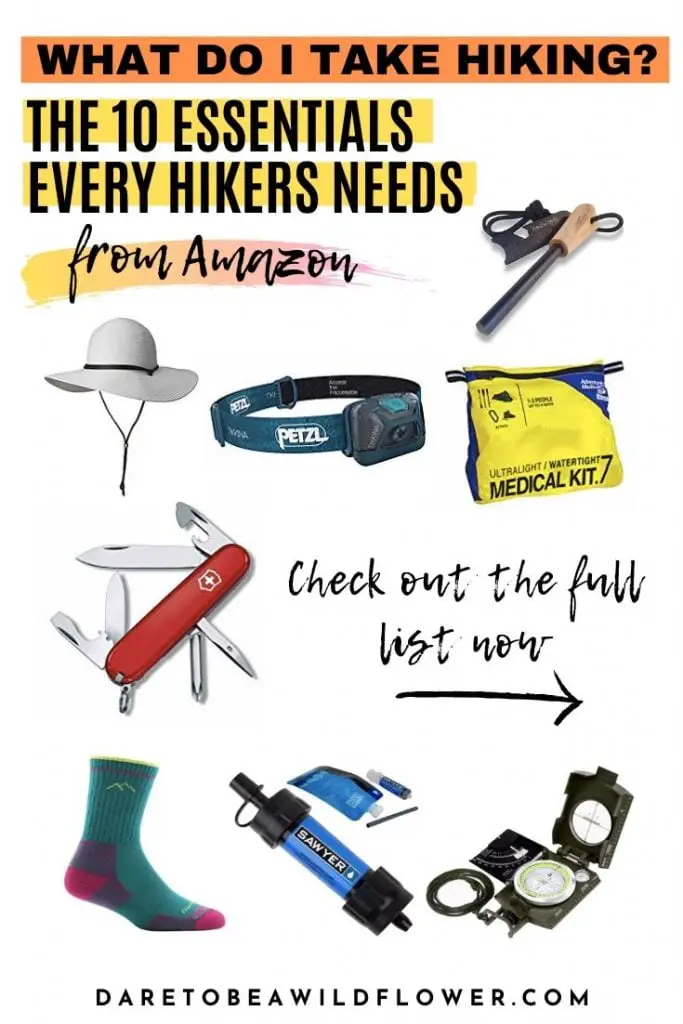When in the mountains, being prepared for emergencies is critical. That means always carrying the “10 Essentials.”
These vital supplies will allow you to treat some injuries and help keep you or an injured companion alive until help arrives. Remember, even rescues in relatively accessible places take time. And sometimes, that’s not on your side.
The 10 essentials include:
Map — So you can get where you’re going or communicate your location to rescuers.
Compass — Critical for navigation and providing rescuers with your location.
Flashlight/headlamp — Going for help can mean a long hike in the dark. Don’t forget spare bulbs and batteries.
Extra food — For warmth and strength.
Extra clothing — For covering an injured hiker to prevent shock, as well as for keeping warm.
Sunglasses — Eyes are especially vulnerable to the bright sunlight encountered in the mountains. These can help avoid eye damage.
First-aid supplies — A ready-made, storebought kit may prove inadequate. It is best to construct your own, based on expert advice.
Pocket knife — Can be incredibly versatile in time of need.
Matches — Being able to start a fire can be the difference between life and death. Be sure to keep them in a waterproof container.
Fire starter — A fire starter, such as a candle, kindling or chemical accelerant, increases your odds of successfully getting a blaze going.
The 11th Essential — Knowledge. Simply lugging this gear around is not enough: you must know how to use it. So take a First Aid class. Learn orienteering and map reading. Practice lighting a fire in adverse conditions. Train yourself to lift weights so you can carry your friend. Know how to tie a splint.
Oh, and never hike alone. For backcountry travel, it is best to have a party of four people. This way, two can go for help if necessary. Cellular phones can be very helpful, but don’t bet a life on them. They will not work in much of the backcountry.
